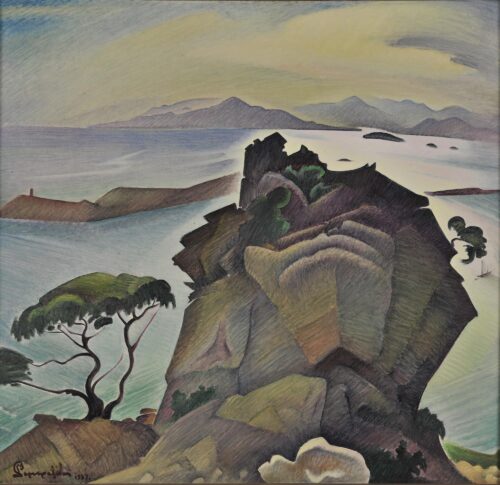
Semertzidis Valias (1911 - 1983)
Rock at Egaleo, 1937
In 1923 he settled with his family in Greece and from 1928 to 1936 he studied at the School of Fine Arts under Konstantinos Parthenis.
In 1936 he became a member of the group Free Artists, having already begun to exhibit the previous year. He presented his work in solo, group and international exhibitions, among which were the International Exhibition of Cairo in 1947, the Alexandria Biennale of 1963, and the International Engraving Exhibition of Leipzig the same year. In 1977 there was a retrospective of his work at the National Gallery.
During the German occupation he painted a series of compositions whose themes were hunger and the struggles of the people of Athens, while in 1944 he went up to the Eurytania mountains painting scenes from the life and armed resistance of the guerrillas, which were later transferred to full-sized paintings. After the war he became involved with engraving, indeed even inventing his own technique for the oxidation of zinc and copper.
Cultivating a type of expressionistic socialist realism, he depicted in the main the lives of workers, farmers, fishermen and mountain people. On a more limited scale, he was also involved with portraiture and landscape, particularly that of Rhodes, where he lived for many years and where he decorated with wall paintings the conference hall of the Chamber, as well as houses and various foundations.

Rock at Egaleo, 1937
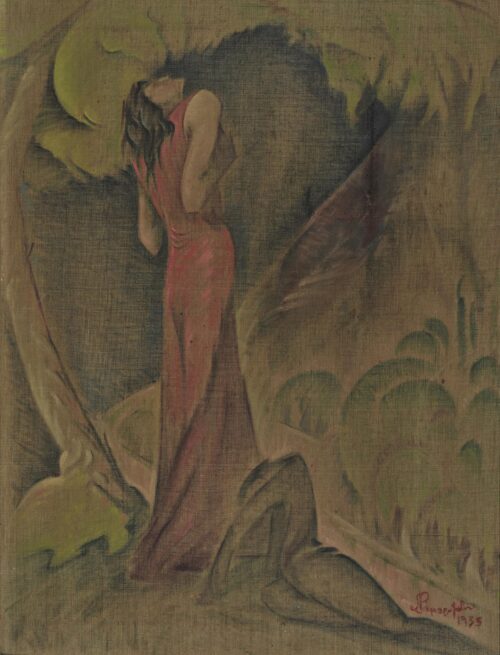
Female Figure, 1935
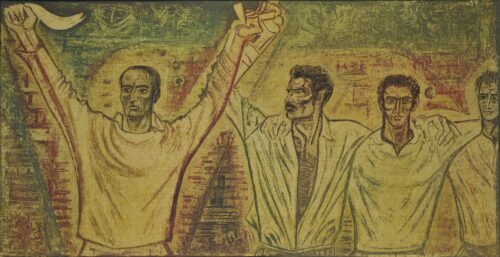
Dance, 1944 - 1966
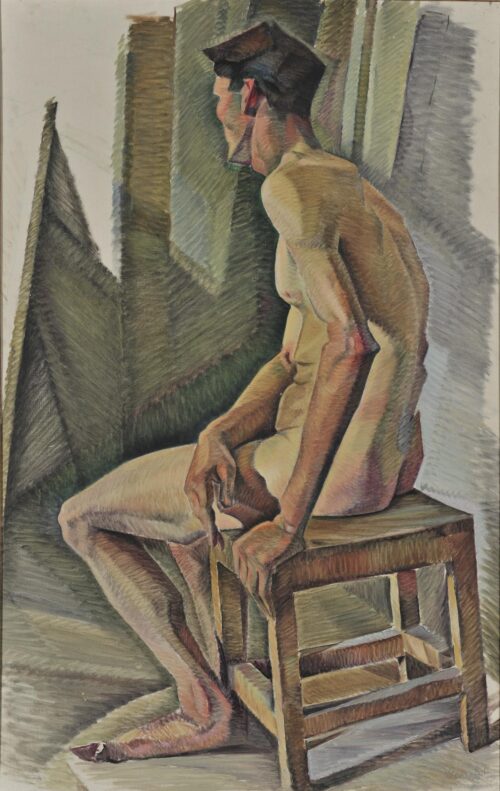
Study of a Nude, 1934
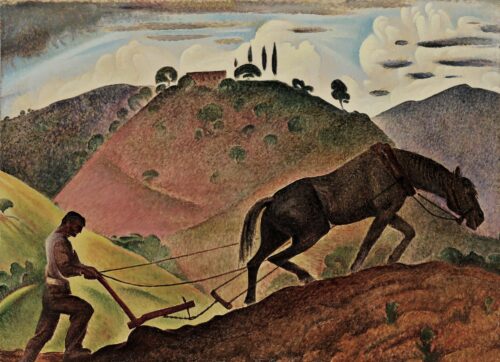
Plowing, 1937 (June)
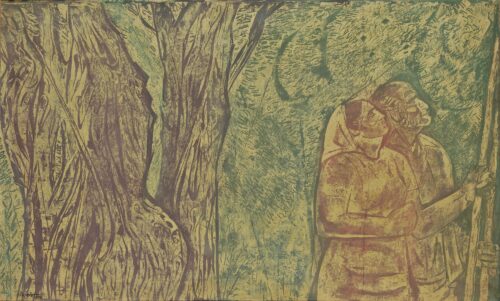
Harvesting Olives, 1936

We use cookies to make our site work properly, to personalize content and ads, to provide social media features and to analyze our traffic. We also share information about how you use our site with our social media, advertising and analytics partners. Read the Cookies Policy.
These cookies are necessary for the website to function and cannot be switched off in our systems. They are usually only set in response to actions made by you which amount to a request for services, such as setting your privacy preferences, logging in or filling in forms. You can set your browser to block or alert you about these cookies, but some parts of the site will not then work. These cookies do not store any personally identifiable information.
If you disable this cookie, we will not be able to save your preferences. This means that every time you visit this website you will need to enable or disable cookies again.
These cookies tell us about how you use the site and they help us to make it better. For example these cookies count the number of visitors to our website and see how visitors move around when they are using it. This helps us to improve the way our site works, for example, by ensuring that users find what they are looking for easily. Our website uses Google Analytics for statistics reporting.
Please enable Strictly Necessary Cookies first so that we can save your preferences!